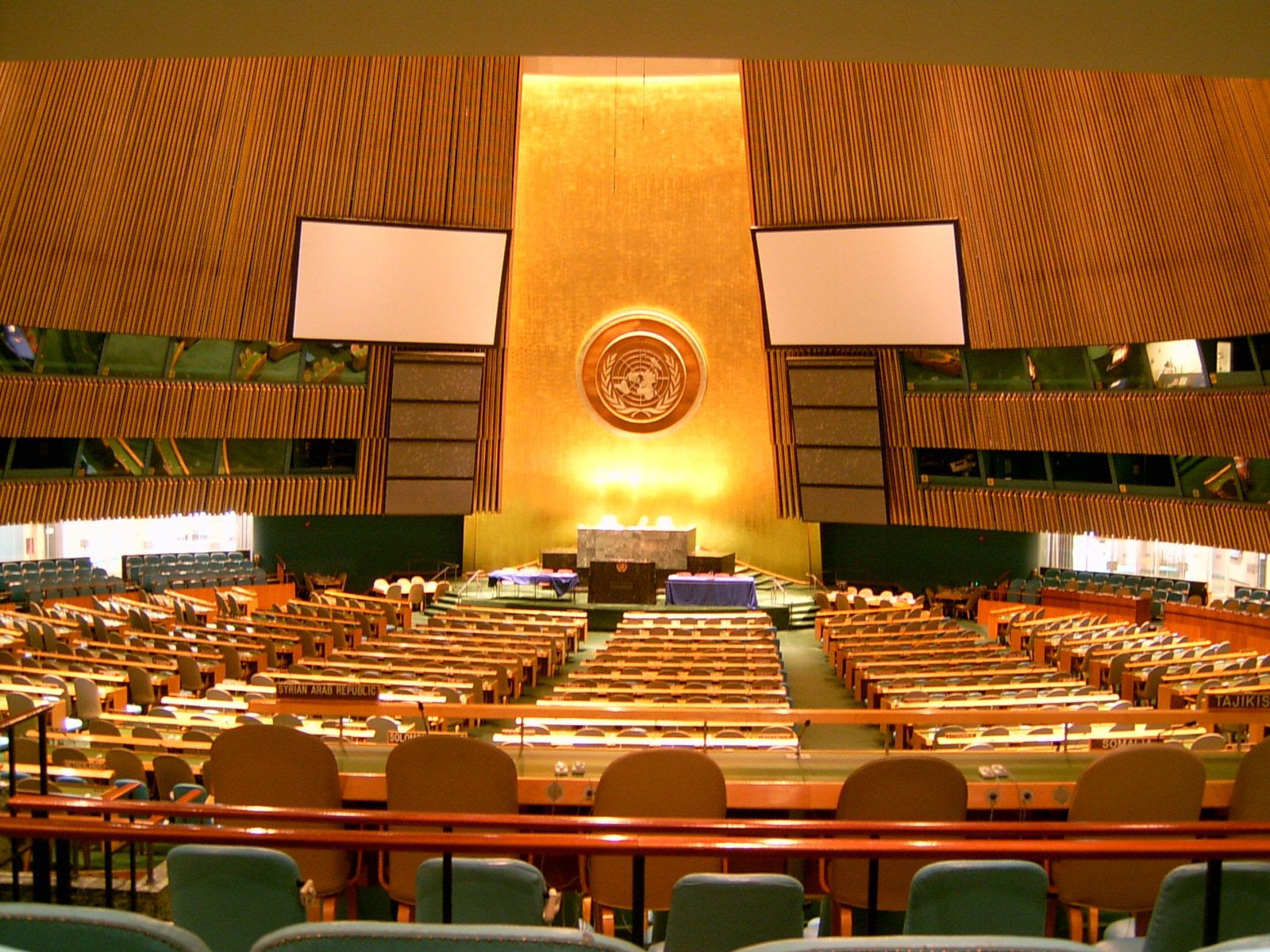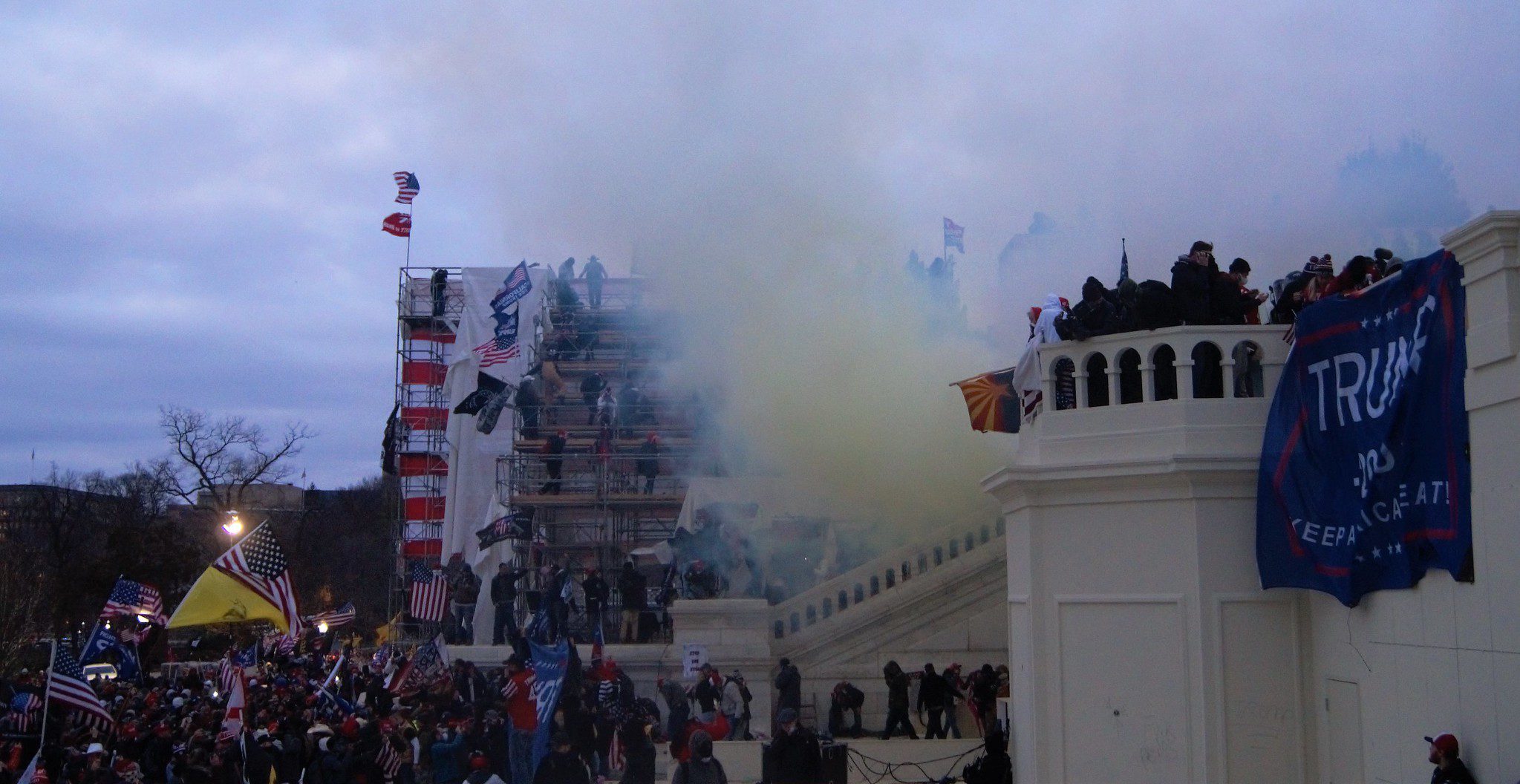We have just launched a compendium of 40 case studies of mass atrocity endings.
The case studies (look here for an alpha listing of cases) include all cases post-1945, that demonstrate strong evidence of the killing of at least 50,000 civilians or persons rendered hors de combat. The studies focus on the direct killing, expanded to include those who died when under the direct control of perpetrators, whether due to starvation or exposure. The signature condition is the camp, whether a resettlement, forced labor or a POW camp. Throughout, we have attempted to exclude fatalities caused by the generalized conditions produced by a perpetrator’s actions or conditions of armed conflict.
We further limit the cases to those where the threshold of 50,000 deaths was reached within five years (to capture conditions of intensity), although in some cases, the atrocity period endures longer. Onsets are marked by the first year witnessing more than 5,000 such deaths, and endings marked as the final year that reaches this threshold when followed by two consecutive years below that level. Throughout, we sought the most credible minimal number of fatalities.
Unlike some datasets on mass atrocities, we include examples from anti-colonial conflicts, where the primary perpetrators are either state or non-state actors, and both war time and peacetime atrocities.
Each case study is divided into five sections. These include: an introduction; atrocities, discussing the patterns of violence across the atrocities period; fatalities, a discussion of the research surrounding the numbers; endings, describing how the violence ended, in line with our criteria; and coding, explaining how and why we coded the ending. We further provide a list of works cited.
Every case falls into one of three main ending typologies: ‘as planned‘ by the primary perpetrator; defeat of the primary perpetrator; and moderation, in which perpetrators’ goals remain unmet, they are not military defeated, and more moderate policies take hold. We coded for some additional factors, explained below:
Normalization: this often accompanies an ending ‘as planned,’ but not always. We only use it when the regime in power at the onset of atrocities remains in power at the end, and decide to adopt more sustainable policies to manage relations with what often remains an oppressed victim group.
Leadership change: internal politics or coups produce a change of leadership. We note cases both where the change appears to produce an ending and where it seems to signal a decision already made to shift policies.
Defeat by domestic actors: military defeat of the primary perpetrator by actors who emerge from a domestic community.
Defeat by international actors: military defeat of the primary perpetrator by actors who emerge from across international borders.
Moderating influence of domestic actors: pressure from internal sources to alter policies away from mass killing.
Moderating influence of international actors: pressure from external sources to alter policies away from mass killing.
Withdrawal of international forces: when armed forces associated with a state outside of that where the violence is taking place, withdrawal.
Mass popular violence: large-scale popular participation in killing.
Multiple victim groups: this focuses on the logic of why civilians are targeted, not necessarily any inherent character trait of the group.
Initiator not the worst: this allows us to differentiate cases where the period of atrocities began under one primary actor but continued at a higher level under another.
Nonstate actor: we code separately for when non state actors (as organized groups with some sort of chain of command) are the primary or a secondary perpetrator of mass atrocities.
Additional factors that might be of interest are included in the keywords for the cases, such as: independence, resettlement, peacekeepers, and stalemate.



